TABLE OF CONTENTS
Many small but distinct RAM specifications can add up to a significant boost in performance.
One such aspect is memory ranks. We’ll be looking into how it affects your work and answer a few common questions like:
- How can you tell whether your current RAM is single or dual rank?
- How much does it impact your performance?
- Is it worth replacing your memory for either single or dual rank options?
However, it’s important to understand what memory ranks are before we begin.
What Are Memory Ranks?
Each memory module has a set of DRAM chips that are accessed when writing or reading information.
This is what the independent standardization body, JEDEC, has named a “rank.” These memory chips, or ranks, can either be placed on one side of a memory module or both sides.
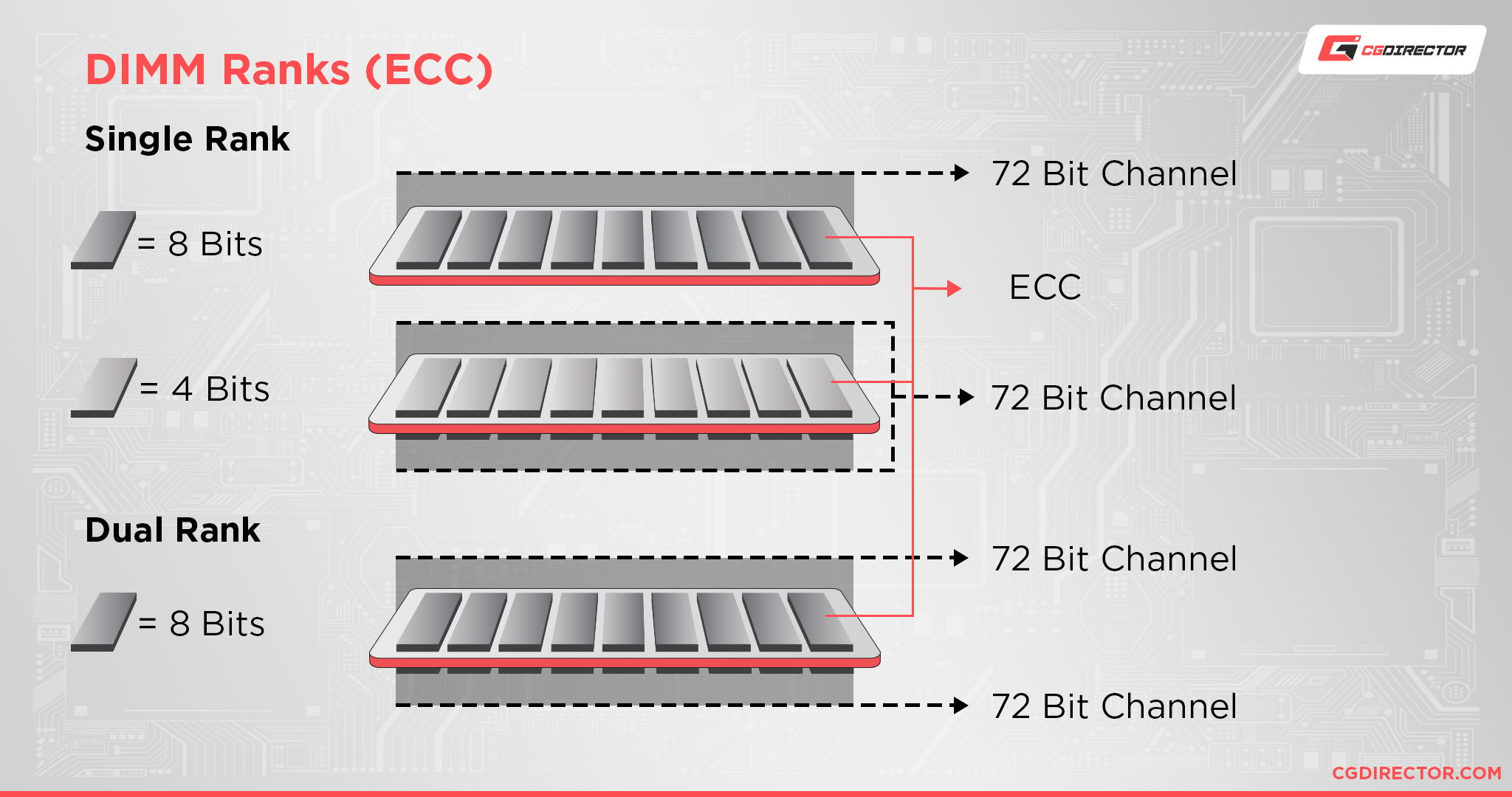
A single rank configuration refers to a data block (set of memory chips) that is 64 bits wide (72 for ECC memory, which houses 8 additional bits for error checking). In other words, it’s a single set of memory chips or a single memory bank.
Dual rank modules will have two of these data blocks and are, therefore, 128 bits wide.
Note – As the diagram above shows, some memory modules CAN have chips on both sides but still be single rank.
Quad rank and even octa rank modules also exist, with four or eight 64-bit wide data blocks, respectively. These are usually reserved for higher-end memory modules with large storage sizes per stick.
Core Differences Between Memory Ranks
The number of ranks can hint at the storage capacity of the RAM stick. However, it mostly depends on the technology of the chips placed on the memory stick and the DDR generation.
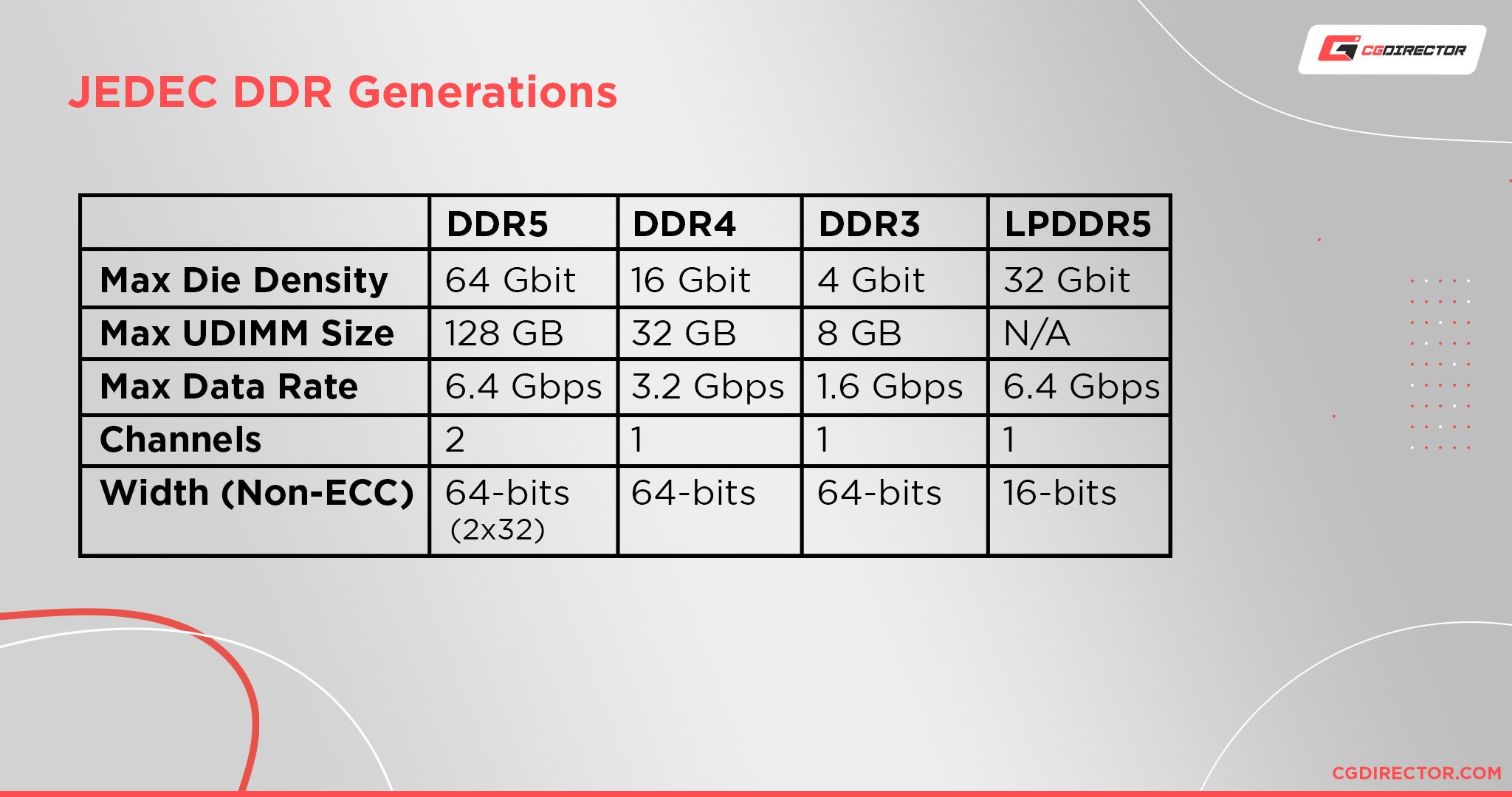
Many current DDR4 16 GB sticks are dual rank because most IC chips can hold 1 GB of storage.
However, Crucial’s higher capacity RevB chips do allow up to 16 GB storage in a single rank (used in their Ballistix Max memory modules).
Since you can have a single rank 8 GB or even 16 GB module, both dual rank or quad rank 32GB memory sticks are possible.
A DDR4 32 GB single rank memory module does not exist at the moment. But as technology advances, we may see those as well.
Single Rank vs. Dual Rank – Benefits & Drawbacks
So what are the advantages and disadvantages tied to these memory rank configurations?
Let’s begin with dual rank memory.
Although a RAM module may have two or more ranks per stick, the memory controller can only access one at a time.
So, doesn’t that make the second rank redundant?
Dual Rank Advantage
Not exactly.
One memory bank can be accessed by the CPU, while the other can undergo a refresh cycle (readying itself to be accessed).
This process, called Rank Interleaving, is similar to SDRAM Bank Interleaving.
The masking and pipelining of refresh cycles usually results in better performance for CPU-intensive applications, as it reduces memory response times.
Single Rank Advantage
There are certain applications that may be affected by the latency caused by having the memory controller run through multiple ranks instead of just one.
Also, because Single Rank (SR) DIMMs have half as many chips, they produce less heat and can be more stable than Dual Rank (DR) modules. This is also what makes them a popular choice for overclocking enthusiasts.
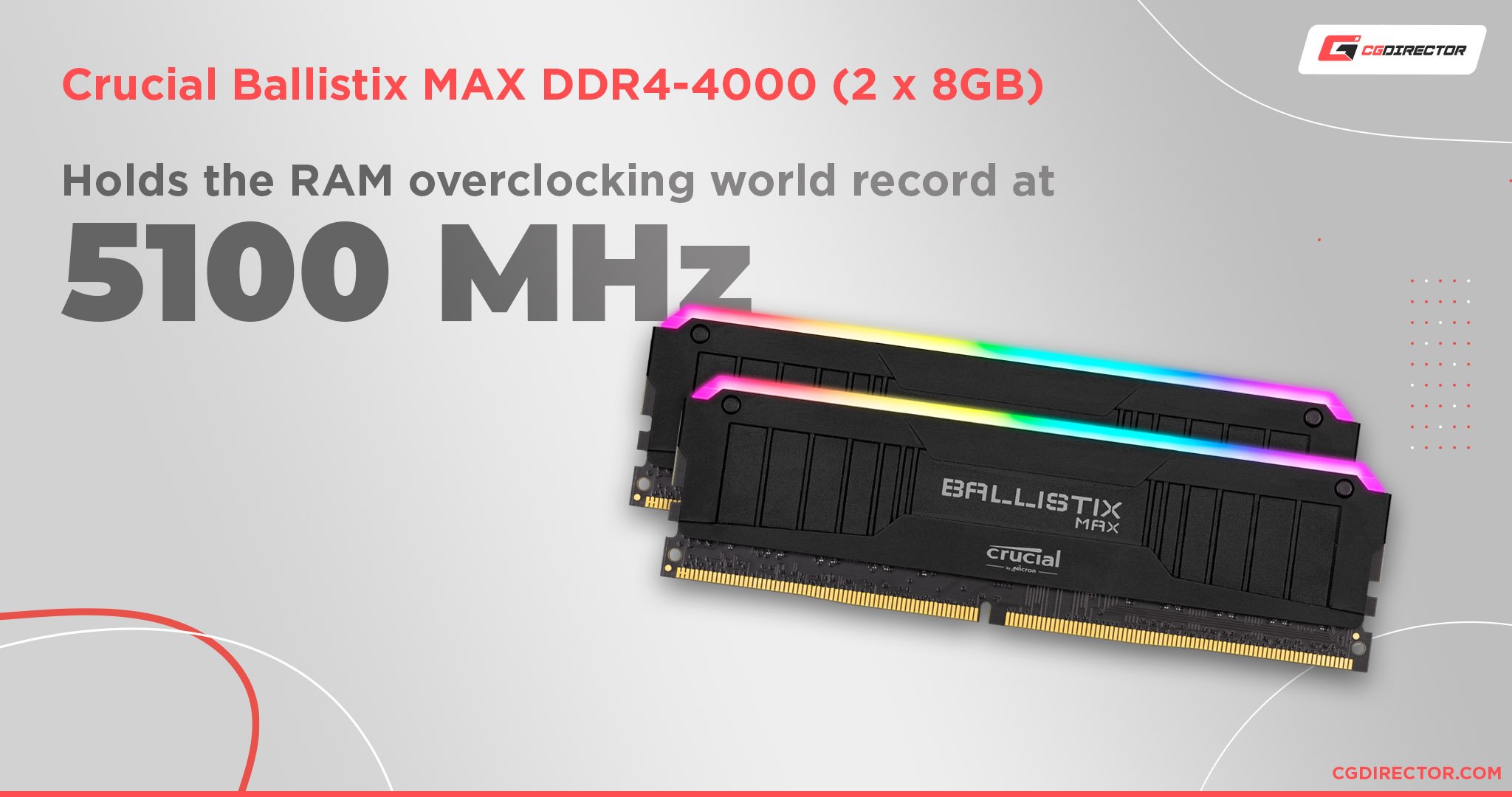
Benchmarks
Benchmarks comparing Single and Dual Rank RAM at identical speeds show a slight advantage for the latter (as expected) – ranging between 3% to 5%.
Igor’s Lab also ended up with similar results, granted, their tests primarily dealt with gaming performance.
Steve from Hardware Unboxed did an extensive test (again, gaming) to compare these memory configurations as well. He found that at the same frequency and latency, dual-rank configurations outperformed their single rank counterparts.

Single Rank vs. Dual Rank Benchmarks (HardwareUnboxed)
That said, an improvement to CAS latency and/or frequency helped effect a much better performance uplift. Those should still remain your primary buying factors.
Difference Between Memory Rank and Memory Channel
Ranks deal with the number of memory chips found on a RAM stick. This is different from the number of memory channels that a CPU and motherboard platform can support.
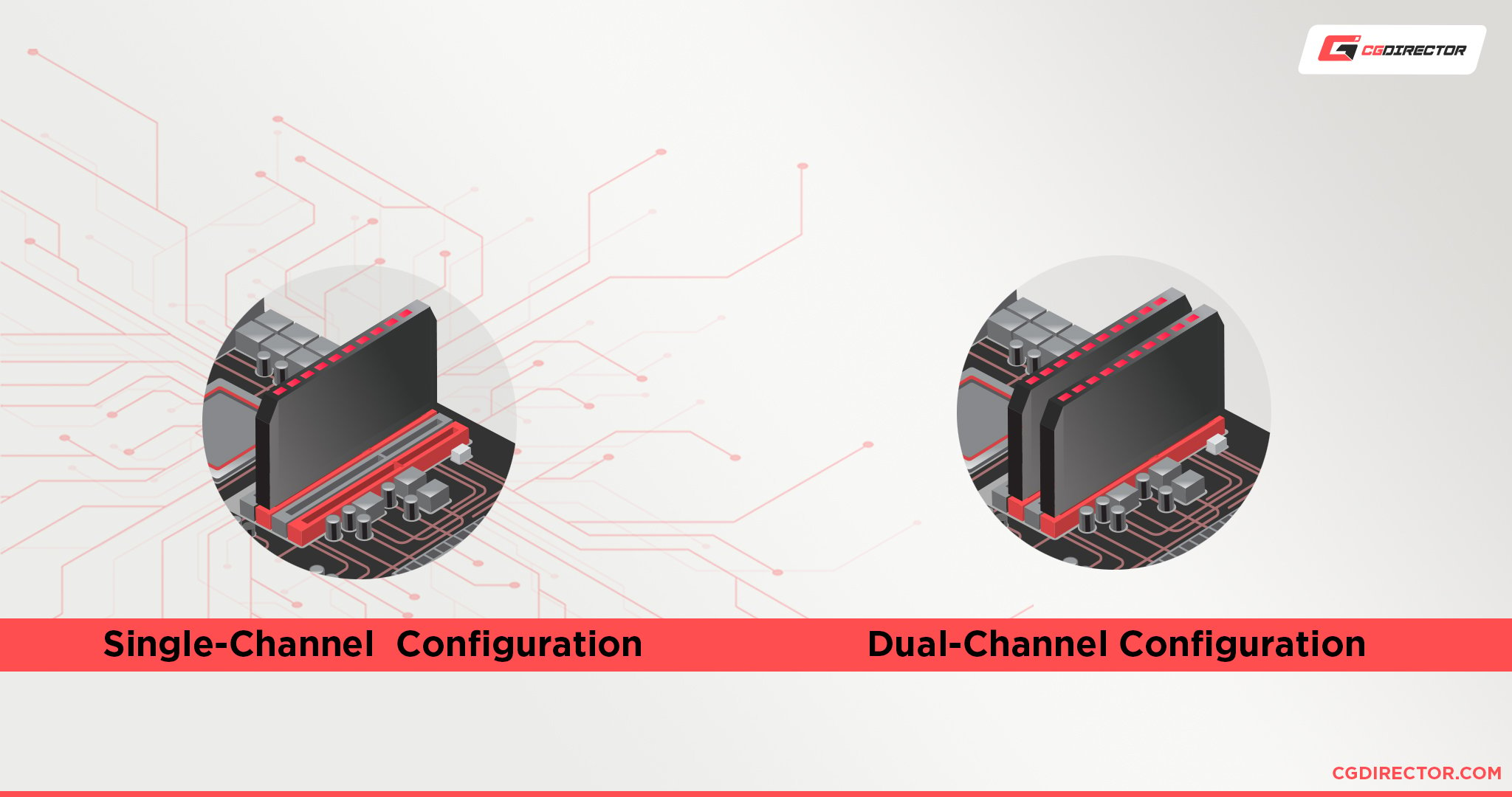
Every memory channel allows for simultaneous access to a memory module, significantly increasing the available memory bandwidth.
Each channel between the RAM and the CPU has a width of 64 bits, allowing a dual-channel configuration to command a 128-bit width.
So, having a dual-channel, dual-rank configuration means you can enjoy the best of both worlds: the increased bandwidth of a dual-channel configuration as well as rank interleaving.
Two common ways to create a dual-channel, dual-rank setup are:
- Use four DIMMs slots with four single-rank RAM modules.
- Use two DIMMs slots with two dual-rank modules.
That said, having more channels is always better than having dual or quad ranks.
Always, go for a dual-channel setup first, higher memory frequency and lower latency next, and only then, should you consider the number of ranks.
Quad-channel setups are also an option, but since they’re geared towards servers and HEDT platforms, you’ll mostly be populating all available slots or using high-density memory. This makes considering ranks a bit pointless for those users.
Which Memory Type Should You Opt For?
So, now that we know the difference between single rank and dual rank, what type should you prefer?
And, if you already have RAM installed on your PC, is your configuration optimal?
Let’s find out.
How to Check If Your Ram is Single or Dual Rank?
There are a few ways to find out. However, some of the easiest ways require you to have physical access to either the memory modules or a system where they’re installed.
CPU-Z (Easiest Way)

First, you’ll need to download and run CPU-Z. Once you do, you’ll see a window like the one above.
Navigate to the ‘SPD’ tab, and look for a label called ‘Ranks.’ Here you’ll see your memory rank.
As you can see in the image above, that particular memory module is an 8GB G.Skill Single Rank stick.
IC Chip Count
Counting the chips isn’t always reliable, as each chip can have a different capacity depending on the manufacturer.
Also, because of the use of heat-spreaders, the chips are not always visible.
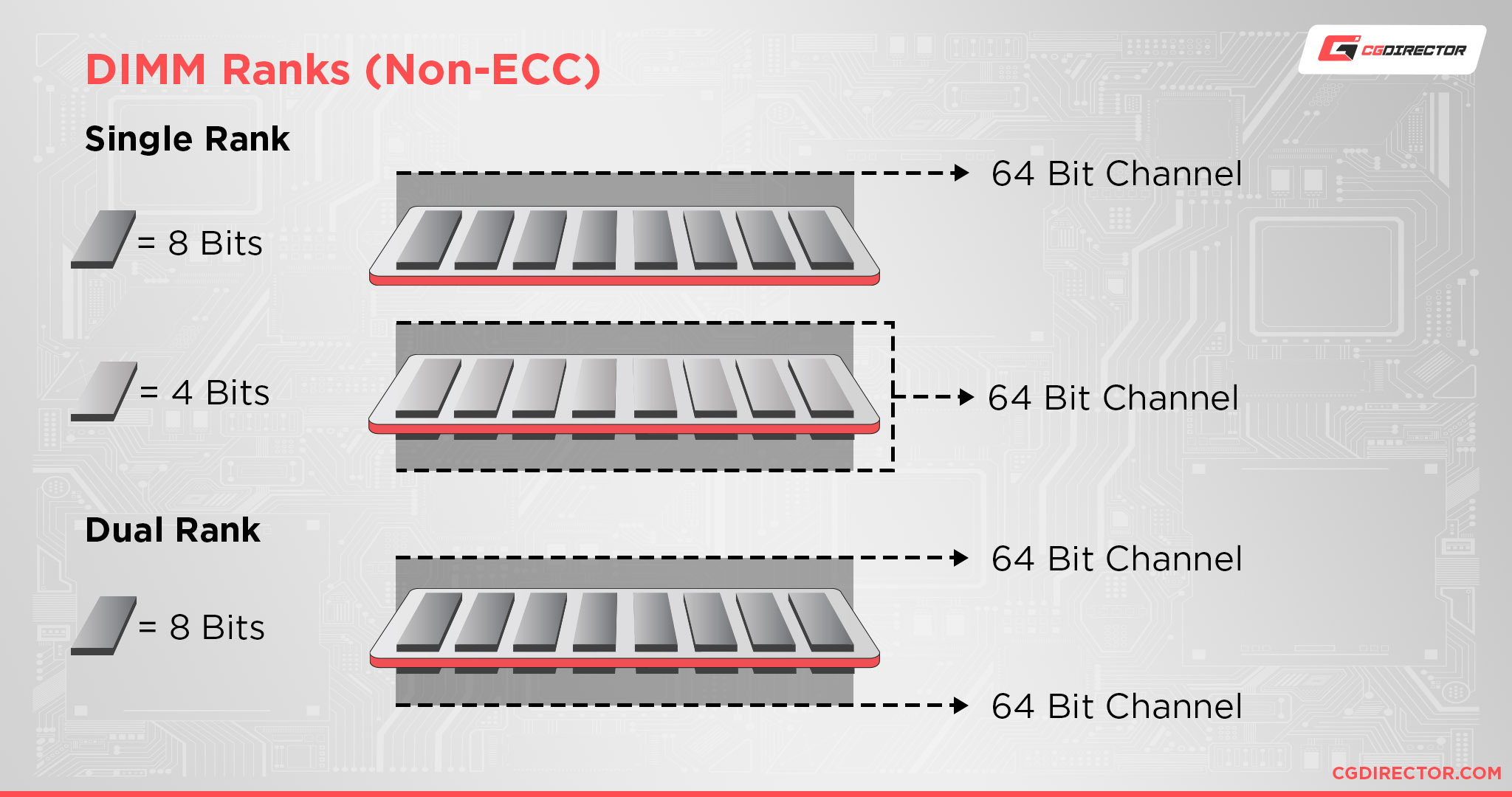
Please note that some manufacturers do sometimes spread out a single rank over both sides, so having modules with chips on both sides doesn’t necessarily mean it’s a dual rank DIMM.
Sticker on the Back Side of the Module
Several memory manufacturers also include memory ranks in the label.

Source – OEMPCWorld
But, again, depending on the manufacturer, these notations may not be present on your sticker (e.g. Corsair’s Vengeance RGB Pro).
Also, vendors may not specify whether RAM is SR or DR on their products specification sheet.
User-Created Databases
There are, limited, but still useful RAM specification tables compiled by users who need this information. Here’s one in this Reddit post and a B-Die finder that lists popular RAM models and specifies which are single, and which are dual rank.
Third-party Software
If you already have your RAM installed, you can also use certain diagnostic software, like Thaiphoon Burner, to read out your RAM’s Rank specifications.
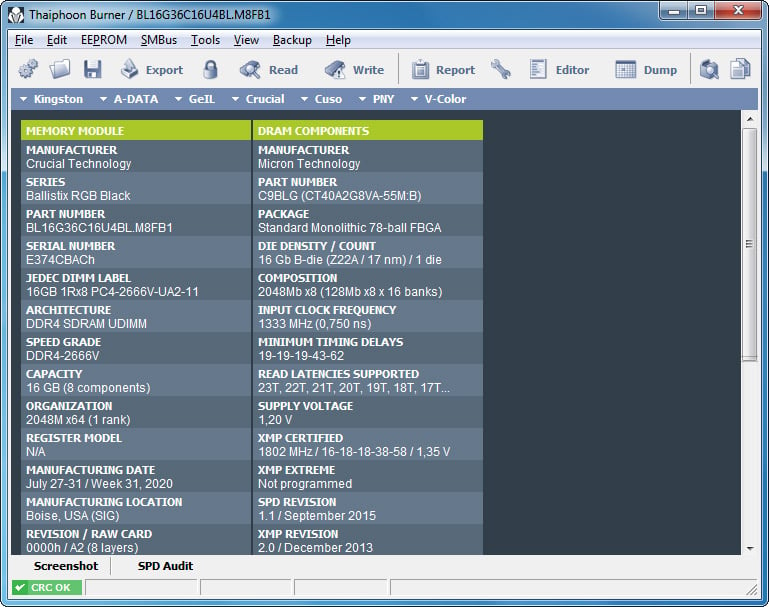
Can You Mix SR and DR RAM?
Generally speaking, you don’t want to mix different memory kits, as each kit’s modules are factory tested to work with each other at their rated speeds and latencies. Disturbing the balance may cause issues that are best avoided.
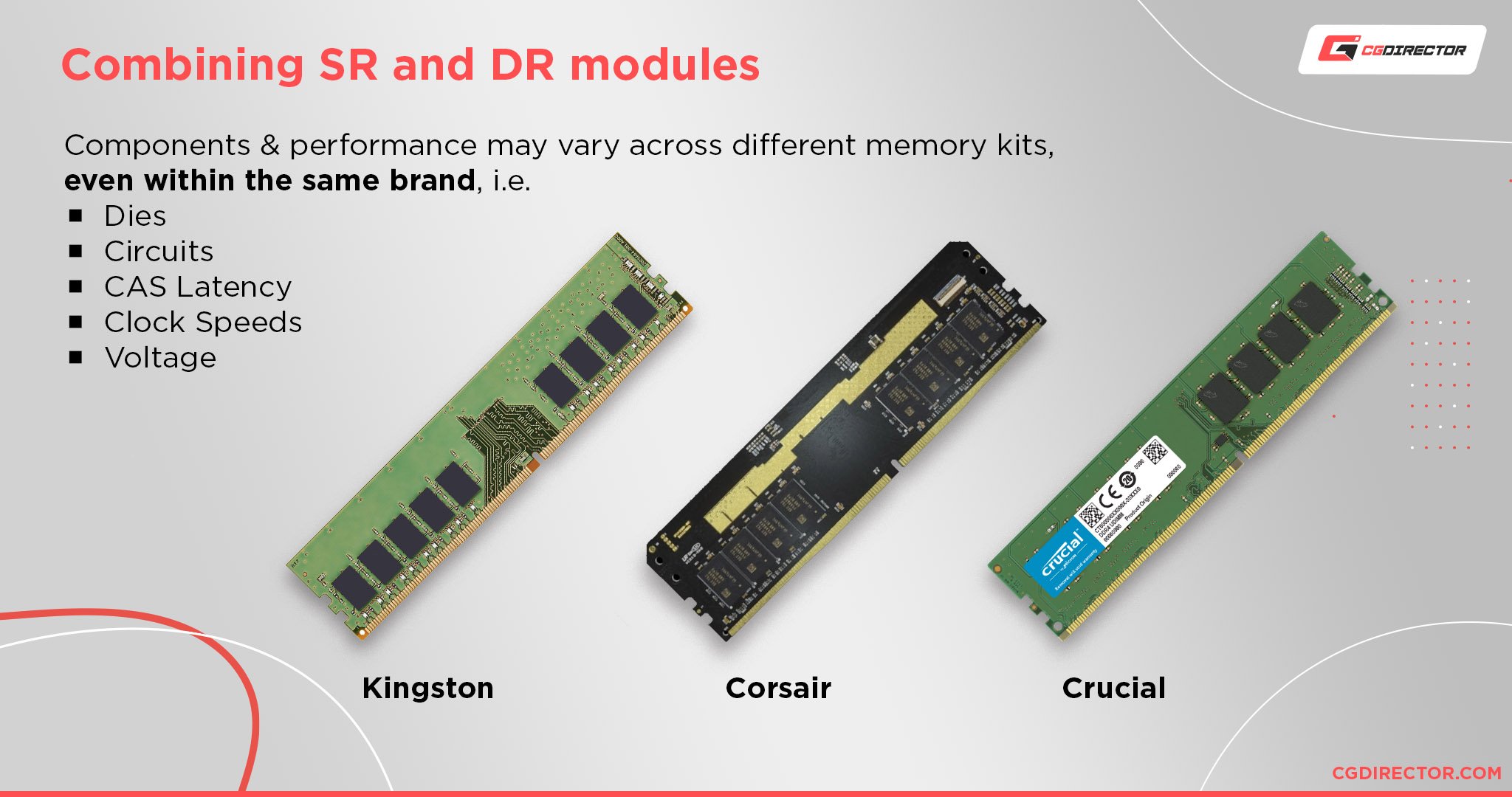
That said, even though it’s not optimal, single-rank and dual-rank modules will work together.
The mixing may cause Rank Interleaving to be disabled, as it does not work for SR modules.
For more information on the inherent risks of mixing RAM modules, make sure to check out our article about it.
How Many Ranks Should Your Memory Have?
We hinted at the answer for this when speaking about single-channel and dual-channel configurations.
If you are planning to use four DIMM slots, you can opt for four single-rank memory modules.
But if you are only using two slots (due to limited RAM slots) it is better to have two dual-rank sticks, so that you can have a dual-channel, dual-rank setup and utilize the increased bandwidth together with the interleaving ranks.
Generally speaking, dual-rank memory will provide a performance boost to your workloads.
But, if you are an overclocking enthusiast you may find more utility from single rank memory because of its better stability and lower operating temperatures.
Long story short, for today’s workstations, grab a 32GB DDR4-3600 CL16 dual-channel memory kit for the best price-performance ratio possible.
Conclusion
The differences in performance measured in benchmarks between single rank and dual rank memory may seem minor, but they do stack up.
Stacking more channels, better memory speeds, latency, and sufficient RAM capacity will net a significant boost in overall system performance and snappiness.
Over to You
What kind of memory configuration are you using? Do you prefer single rank over dual rank RAM modules? Let us know in the comments below!
Also, if you have any questions on the topic – or for your particular setup – can either ask us here or visit our expert forum.
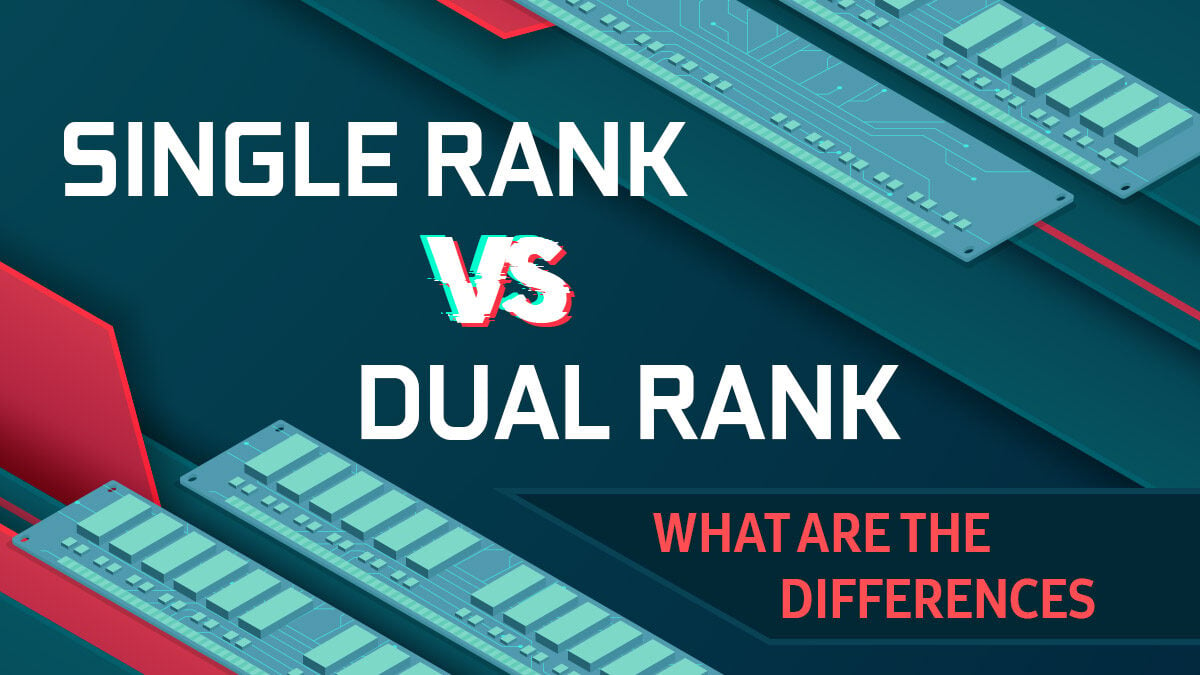

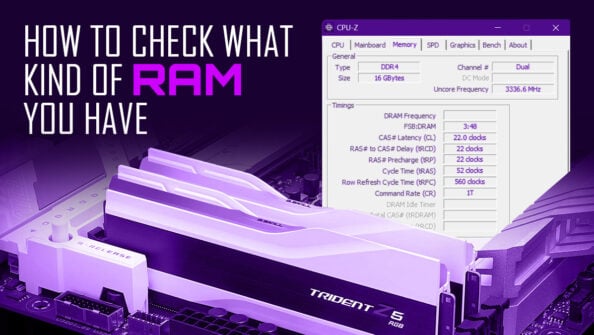

![How Much RAM Does my PC Support? [How to Check] How Much RAM Does my PC Support? [How to Check]](https://www.cgdirector.com/wp-content/uploads/media/2023/10/How-Much-RAM-Can-My-Computer-Take-Twitter-594x335.jpg)

49 Comments
4 November, 2023
I once bought 32GB of Crucial Ballistix DDR4-3600. Only later I found out that it’s SR. Funnily enough, the product wasn’t always: The first ones sold of those sticks (and even later, some) were DR, but later they started selling the same product, but with Single Ranks. The difference is in the serial number: Single-Ranks are “M8FB1” in the appendix, Dual-Ranks are “M16FE1”.
So after a while I wanted to buy 2 more SR so I can go for Dual-Channel Dual-Rank… it was not easy to find since Retailers flat out refused to send me specifically Single-Ranks of this kind (which was kinda strange, since all they had to do was look if the memory they want to send me has the right appendix and fine). Later I found a used kit on ebay where the Serial-number was in the pictures, and now I have 64GB Dual-Channel Dual-Rank. Kinda overkill, but whatever.
7 November, 2023
Interesting! Ranks just don’t seem to be on the radar as much as other more “mainstream specs” such as frequency, latency, channels etc.
17 January, 2024
The new dumb topic in the PC world, the single and double ranks memory.
It reminds me the obsession about the dual channel topic of 2 decades plus ago.
Benchmarks proved the performances difference is in the range of 3% or less, depending on other specs of the memory stick, their brands and the configuration of your machine.
Considering the most of you broken hands have barely 2 x 8 Gb RAM on your systems, you won’t even be able to tell the difference.
10 September, 2023
Hi this is a very good article my I’m using is a hp elitedesk 800 g2 mini and I find it perfect for what I use it for and I’m looking at upgrading the 8gb to 32gb ram it has 2 4gb sticks at 2400 MHz dual rank the spect say I can do 32gb up to 2666 mhz but I can get 3200 mhz cheaper by miles I have read that will work but may drop to 2666 mhz I’m fine with that and will be getting dual rank and dual channel so all good I hope
26 July, 2023
So, if I understand it correctly, your statement
“Ranks deal with the number of memory chips found on a RAM stick”
in fact means “ranks deal with the number of RAM chip BANKS found on a stick”.
Am I right?
26 May, 2023
Is there a DDR5 version of this article, particularly to go with the AMD Ryzen 7000 series processors?
6 February, 2023
Have the Asrock Deskmini X300M with a 5600G and rocking some Doglix ddr4 3200Mhz with a CAS of 20 (rated for 22) Now there is a Teamgroup 32GB Cl16 Single Rank or a Timetec 32GB CL22 both are 3200Mhz. This is the hold up dual or single there is also a Kingston with CL20 but as of right now I do not which one to buy?
9 September, 2023
According to an article, you should first keep for dual channel, higher RAM speed as you can get with low latency. You can get a 32 GB configuration like that 2×16 gb 3600 cl 16 or 4×8 gb 3600 cl 16 or lower. In the first scenario even if your sticks will be no dual rank you won’t notice any spectacular performance difference. In the second option, you have 4 single-rank memory so it will give you dual rank even it’s every stick i single rank (this is how it works).